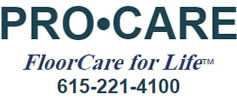One of the hottest trends in upholstery today is the use of “performance fabrics” in RESIDENTIAL spaces. But not all performance fabrics are created equal.
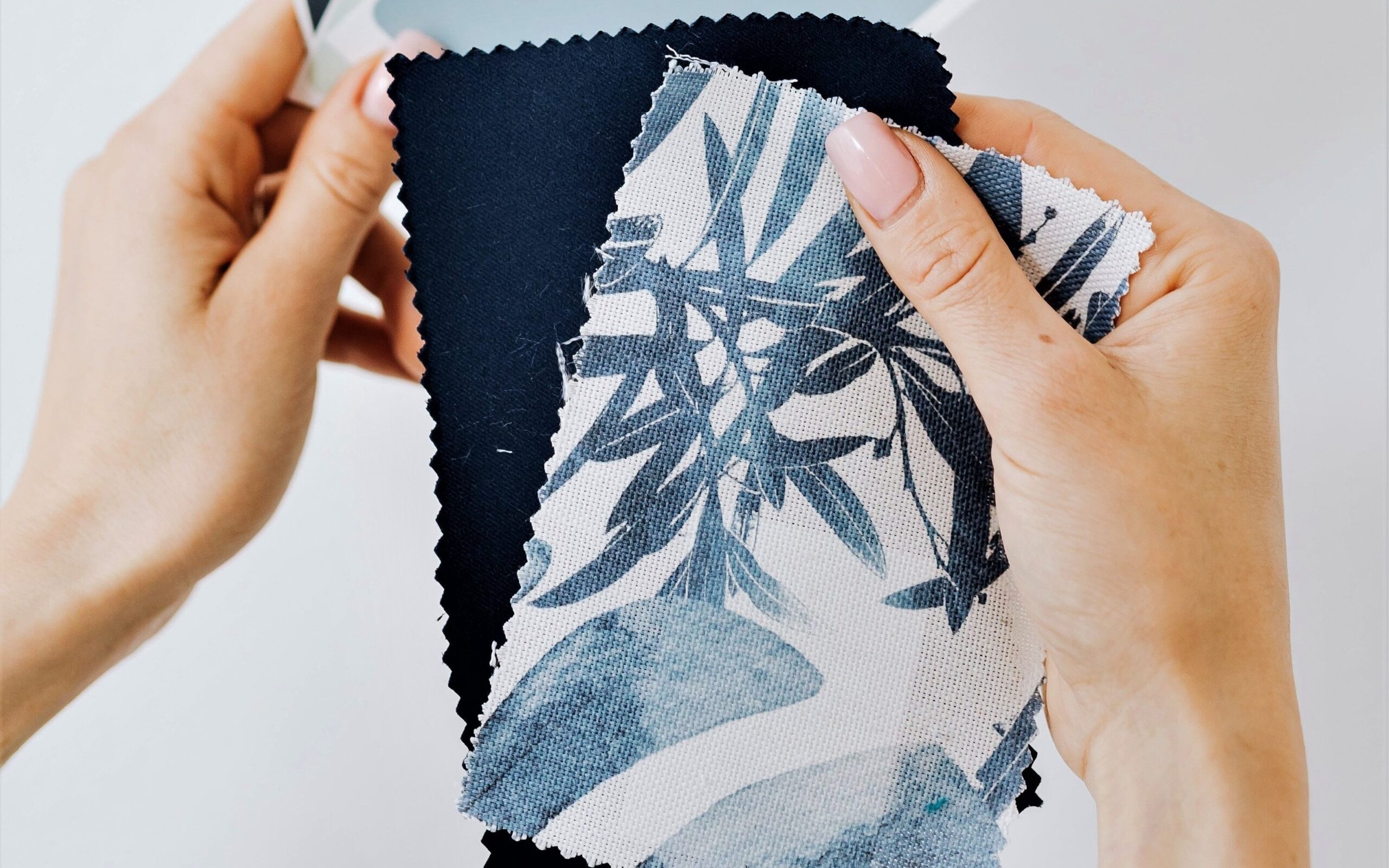
What is a “Performance Fabric”?
Fabrics designed to perform better in demanding environments are performance fabrics. These textiles have long been the go-to for designers working in the hospitality industry, healthcare settings and other heavily used public spaces, But more recently, residential design has come on strong in the performance textile market. We’re seeing these hardy fabrics used not only for outdoor furnishings but also interior upholstery. After all, homeowners want the same advantages as commercial clients do – whether that is cleanability, repellency or even durability.
Are all performance fabrics created equal?
Good question – after all, there are many types of hardy textiles out there. As the folks at Johnson’s Fabrics say, performance textiles stand up to “wear and tear from kids and pets plus it’s stain resistant, water resistant, odor resistant, and easy to clean.” Yes, there are a host of ways a fabric can perform, though no one fabric does it all, in every situation.
By design, some performance fabrics bead up when liquid gets spilled on them. Others resist staining. And others still withstand UV damage. They may even be able to protect against mold, mildew and bacterial growth. Some performance fabrics even benefit from an applied after-market protectant. Choosing the best textile for your application begins with understanding your options.
What peformance fabrics are best for residential use?
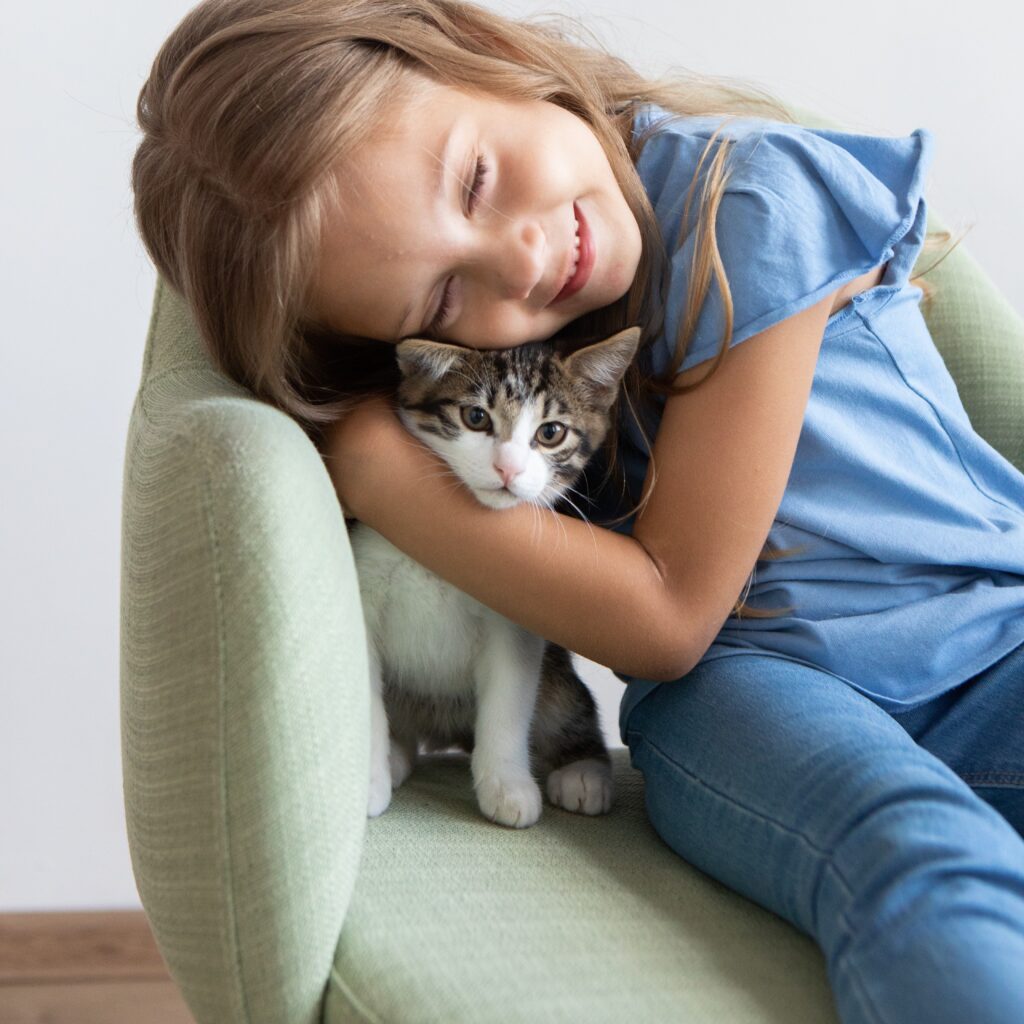
To start, there are two approaches to manufacturing performance upholstery. Some fabrics are created from solution-based fibers for woven-in protection. Essentially, that means the performance of the textile relies on the chemical makeup of the fabric itself. The other approach to optimal performance is applying a coating to the fibers, after manufacture.
Many people know performance fabrics by well-known brand names associated with the industry. But before we talk brands, let’s start with the basics. There are four main categories of performance fabric that overlap all the major labels – 100% acrylic textiles, olefin or olefin blends , microfibers and a host of treated fabrics.
When should you Choose an Acrylic-Based Performance Fabric?
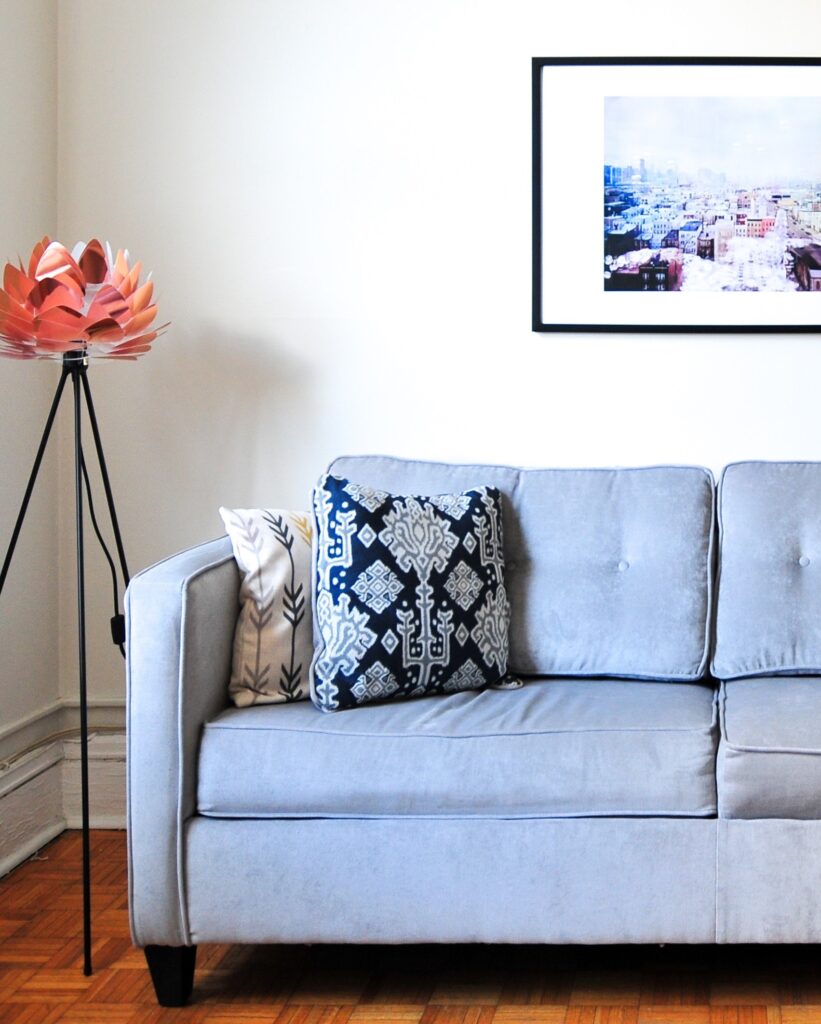
Acrylic is a man-made polymer. The manufacturer first produces the product in fiber form then spins the fibers into yarn. Acrylic fabrics are “solution dyed.” This means that the mill adds color to the fibers at the point of manufacturing, rather than added later, like a dye. Due to this process, acrylic fabrics resist fading, even in settings with high UV levels.
Although acrylic-based performance fabrics are not waterproof, they repel water and dry quickly. These characteristics make them resistant to mold and mildew. Additionally, acrylic fibers are durable and very easy to clean. They respond to everything from gentle detergents to bleach-based solutions.
The upshot is that acrylic performance textiles are as hardy when used in indoor spaces as they are for outdoor applications. Some buyers think of acrylic fabrics as stiff and not as comfy as its competitors. Also, this textile costs more than other performance options. Common brand names for acrylic fabrics include Sunbrella, Nuvella and Outdura.
What do Olefin-Based Fabrics Offer?
Olefin is another synthetic fiber, made from a polymer called polyproylene. Olefin shares many of the traits of acrylic fabrics in that it is also man-made and solution dyed. Resistent to fading, it blocks mold, mildew and bacterial contamination. What’s more, Olefin can meet the demands of both outdoor and indoor settings.
One of the reasons a buyer might choose an olefin-derived performance fabric over an acrylic one is the fact that olefin is generally a softer fiber. It is also more stain resistant and more durable in terms of fraying and tearing. But it is not likely to bead spilled liquids and is not as fade resistant as its acrylic competitors.
Among the most popular brands of olefin performance fabrics are Revolution Fabrics and blended fabrics like InsideOut, Sustain and Fortress .
Why does Microfiber Make the List?

Microfiber has been around a long time and it is a synthetic fabric with several performance fabric benefits. The manufacturer uses extremely fine fibers to achieve a tightly woven textile. This gives the surface the capability to repel water and prevent staining from wine or coffee. However, that is IF a buyer addresses that spill immediately, with a white washcloth and blotting response.
Buyers love the range of colors available in microfiber upholstery. It is also colorfast, if cleaned correctly. The biggest fans of microfiber point to its durability, cleanability, hypoallergenic quality and soft, velvety texture.
Those who argue against microfiber usually point out that it is spot resistant but not spot proof. Even water can cause long-term rings on the surface if microfiber remains wet for long periods. Most sellers will suggest using a hair dryer on a low setting to dry any cleaned area. It is best to avoid rubbing or scrubbing which can cause damage.
Another concern is the fabric’s texture, in that microfiber is vulnerable to static and to ‘grabbing’ fibers off of clothing and pets. So while microfiber does not ‘thread out’ and resists damange done by pets’ claws, it is quick to collect pet hair. Keep in mind, the quality of the microfiber afffects its performance. There is a wide range of microfibers out there and some of them are thinner and less durable.
What’s more, it is a common complaint that microfiber on sofa cushions is subject to “swirling.” This condition, shared by some velvets, reverses the pile or nap of the fabric. Buyers dislike the resulting mottled appearance caused by pressure from sitters’ bodies or wiping the material in different directions.
Finally, Microfiber is recycled from petroleum waste. Some buyers consider this a benefit (those who like choosing recycled products) and others a drawback (based on the drawbacks of petroleum in the supply chain). Microfiber is NOT meant to be an outdoor fabric. The most well-known brand for microfiber is Ultrasuede.
How do ‘Treated’ Fabrics Compare?
There is a wide range of treated textiles. The treatments used provide different protective profiles. But, in general, treated fabrics come from traditional fibers, either natural (linen and cotton) or synthetic (polyester and rayon). After manufacturing, these fabric blends undergo a process or an application that provides performance capabilities.
Do not confuse the ‘treated’ fabrics with those exposed to an overspray of surface chemicals, applied by after-market professionals. Instead, manufacturers make treated fabrics from fibers that may start with little natural stain resistance. However, they soak or bathe those fibers in protective treatments before weaving them into a textile, thus insuring more resistance to stains and spills.
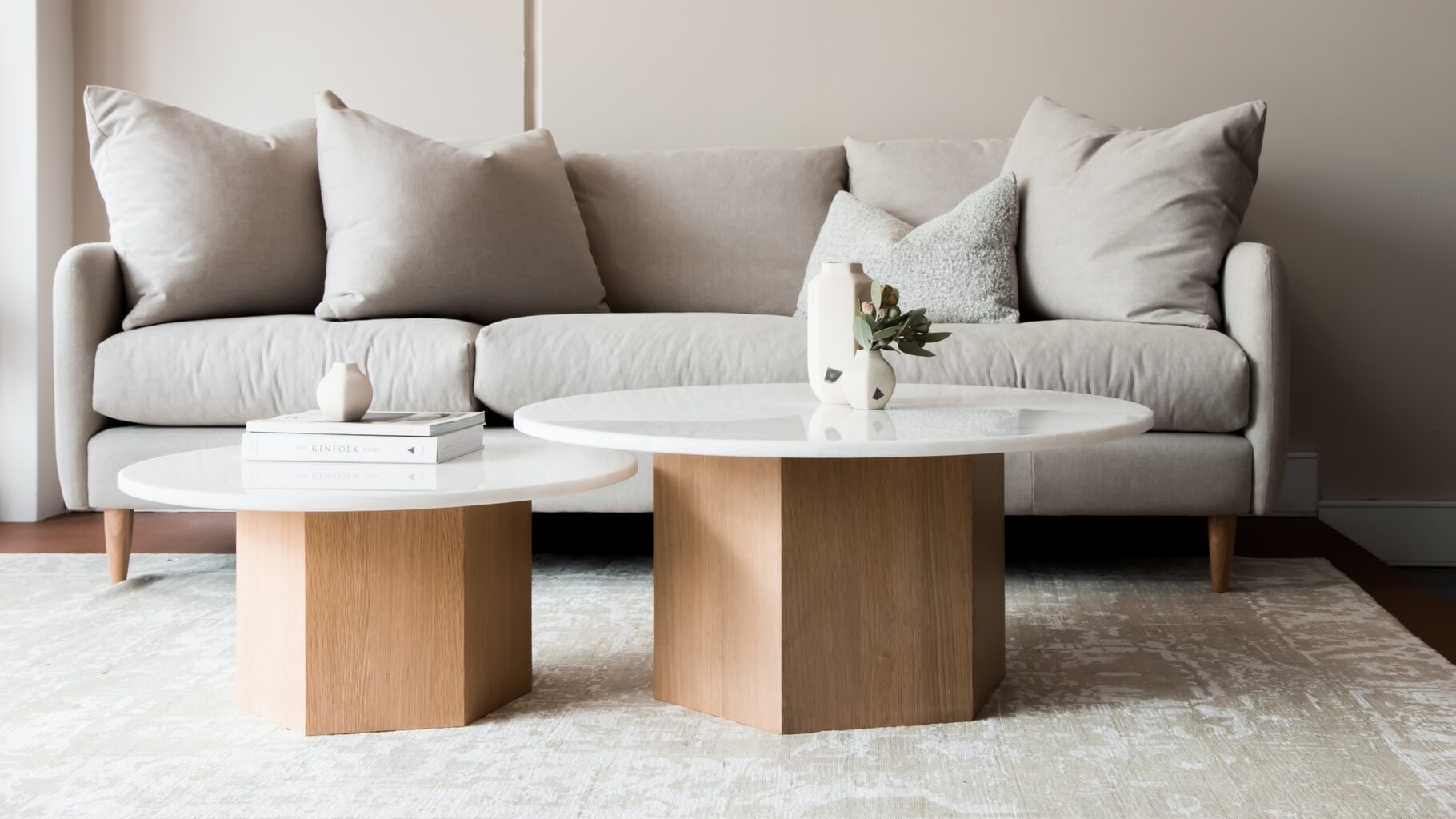
Designers specify treated fabrics only for indoor performance applications. They are not as ‘bullet proof’ as the outdoor-rated textiles. Additionally, treated fabrics have a softer hand and repel liquids. However, these hardy textiles do not fight fading nor do they resist damage done by hard use, including rips, tears, and seam failure. The protective qualities of a treated fabric can fail when subjected to abrasion and heavy use or to the detergents and protocols of professional deep cleaning.
Nevertheless, they remain highly popular in the performance fabric field. This is especially true for consumers who want protected versions of natural fabrics like cotton and linen. The most recognizable brands that fall under the treated performance category include Crypton Fabric and LiveSmart.
Which Performance Fabric is Right for You?
Understanding the ways your lifestyle interacts with your furnishings helps in the decision-making process. Ultimately, you just want to know the performance profile of your fabric options. Then you can decide what performance fabric suits your setting and your needs the best. Stain resistance is a big part of performance, but so is durability. You want to consider whether “Family friendly” is your biggest concern.
Maybe softness matters to you or maybe you want to support sustainable products. Whatever your priorities, you are likely interested in the fabric’s ability to stand up to repeated cleanings.
Let’s Review…
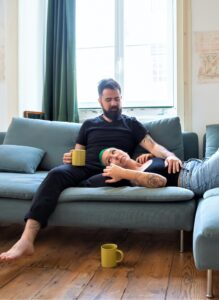 A quick survey of the pros and cons of name-brand performance fabrics helps to narrow down your options.
A quick survey of the pros and cons of name-brand performance fabrics helps to narrow down your options.
Crypton treats their fabrics after weaving. Originally developed for stain resistance and odor resistance, Crypton is great for water and oil-based stains. After it is deep-cleaned by professionals a few times, Crypton may benefit from the application of an environmentally friendly fabric protector to preserve its performance capabilities.
Sunbrella is 100% solution-dyed acrylic. It is the most well-known brand but there are other 100% acrylics that perform comparably. Sunbrella is easy to clean, including with bleach but it tends to run 20-30% higher in cost than non-performance fabrics. It is equally effective in indoor and outdoor settings though may lack the softness of other performance categorites.
Lastly, Ultrasuede is a recycled performance fabric. It is ideal for active households because it doesn’t have a scratchable weave. Ultrasuede minimizes water or oil based stains as long as the homeowner cleans the spill quickly and dries it effectively. Ultrasuede can have issues with static but it comes in many colors. Some manufacturers protect their microfiber with up to a 10 year warranty against pilling and stains. This fabric serves best in an indoor-only application.
A Final Word
A manufacturer can give their fabric a performance rating. However, that does not mean it cannot show dirt and stains. Performance fabrics still require cleaning, and when it comes to staining liquids, it is best to clean sooner rather than later. A high-performing fabric may last longer – delaying the possibility that upholstered furnishings will end up in a landfills. That said, some textiles are more sustainably manufacturered than others.
Want more information from the brands themselves? There are some great online articles that feature the voices of brand reps. For a rundown of the differences between performance fabrics and why one might be a better option than another, enjoy one of several videos, like Circle Furniture’s designer presentation concerning performance fabric.
For more about fabric care and protection, visit us at https://www.procareofnashville.com/
